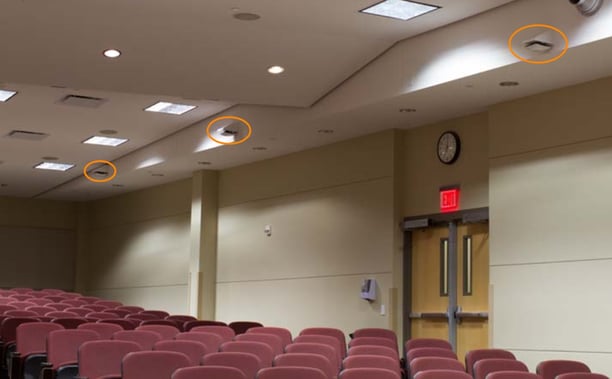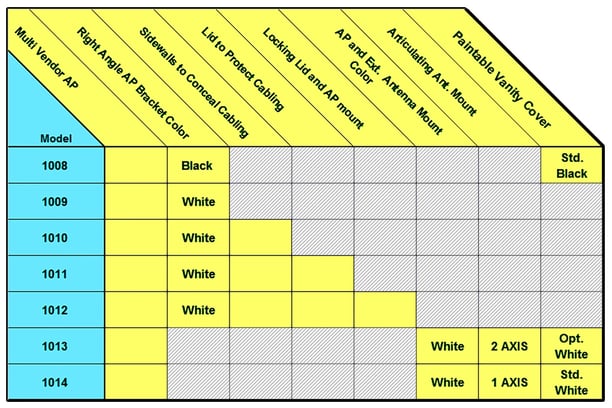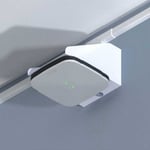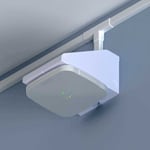
Finding the "Right" Angle
Wi-Fi is everywhere, and if you are a wireless integrator or installer, one of your biggest concerns is how to “make Wi-Fi work everywhere” on your jobsites and facilities. Traditional Wi-Fi Access Points (APs) are typically designed to mount in the ceiling. The ceiling location, of course, is the obvious choice for wireless signal coverage, providing the best path for the wireless radio frequency signal from the AP to wireless devices.
When mounted “horizontally” in the ceiling, the AP antenna pattern has the most gain through the room space the AP is in, and less gain above and below the AP, say, to adjacent floors of the building. This antenna pattern can help wireless designers provide effective coverage within one room or rooms, and minimize interference on adjacent floors. The bottom line, antennas are designed to provide best coverage when in the horizontal orientation, so to optimize the wi-fi performance, be sure to use right-angle wall mount brackets.

Mounting Considerations
Mounting the access point in the ceiling can be achieved in many ways if the ceiling is accessible and appropriate, but the following should be considered when mounting in the ceiling:
- Performance: Typical APs with internal antennas are designed to be in a typical commercial suspended ceiling 8’- 12’ above the floor. If the APs are higher than this, the scenario is created wherein APs are closer to each other than to the mobile devices they are serving. You can use right-angle wall brackets, mounted at the appropriate height, where ceilings are high.
- Accessibility: Consider how difficult it will be to service the AP if it is more than 15’ above the floor.
- Data Connection: Plenum rated data cabling needs to be available from above the ceiling.
- Aesthetics: In many venues such as auditoriums and ballrooms, it will not be permissible to mount the AP in the ceiling due to aesthetics.
- Healthcare Environments: In a hospital, access to ceiling panels may be restricted by ICRA (Infection Control Risk Assessment) procedures.
Find the Right-Angle Mount for Your Jobsite

 |
 |


.png?width=58&height=58&name=X_logo_2023_(white).png)
